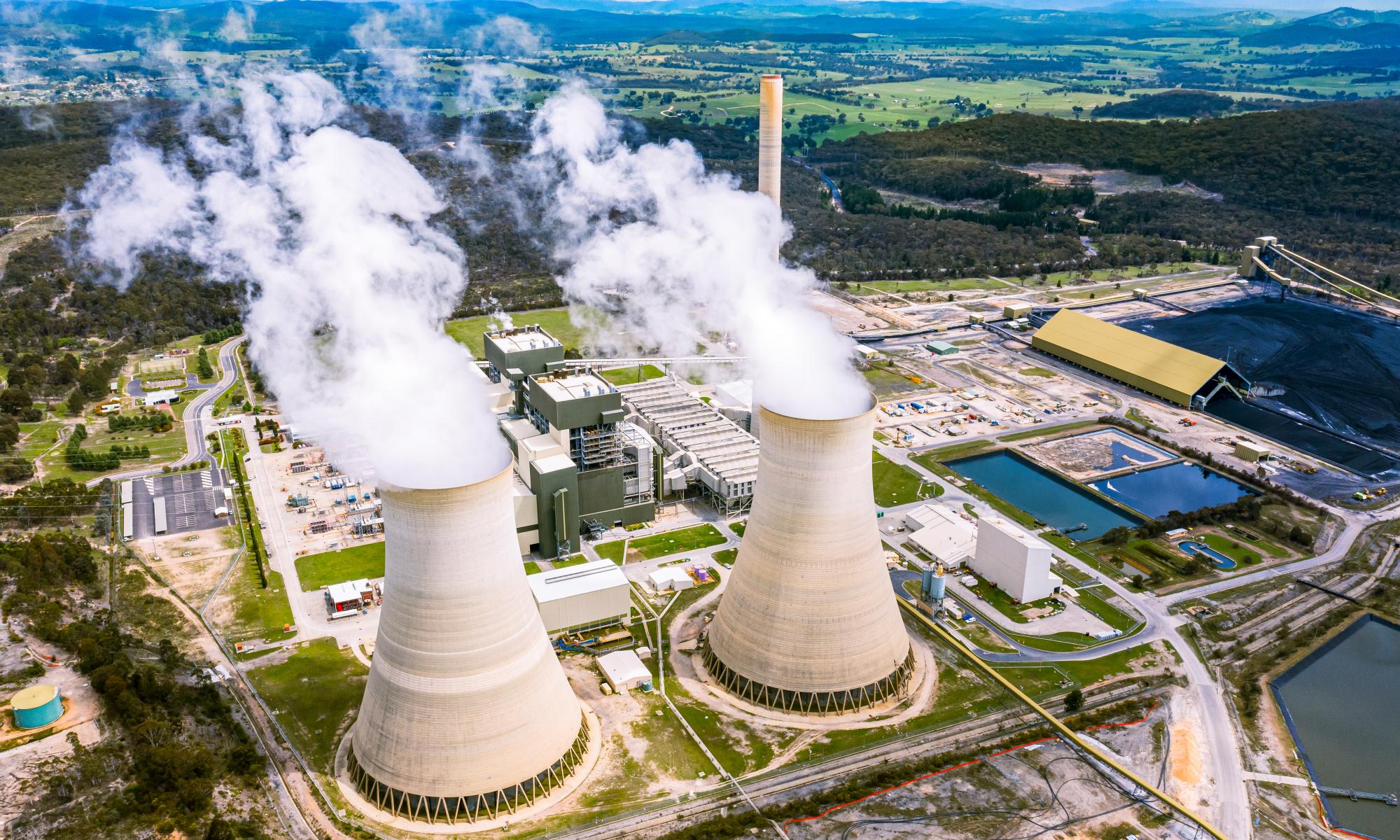Australia’s ageing coal-fired power plants make little money and are likely to shut sooner than planned due to the amount of cheap renewable energy coming into the grid, the chair of Australia’s Energy Security Board said.
Kerry Schott said the expected early coal closures and the rise of variable renewable energy, including the surge of solar power in the middle of the day, are among changes demanding a major revamp of rules governing the national energy market.
A consultation paper released on Monday sets out the board’s proposals.
“With so many renewables coming in it is more likely coal plants go sooner than their technical life date because they’re not making much money,” she told Guardian Australia.
“In fact, when there is wind and solar available they don’t get dispatched [into the grid] yet they are sitting there burning coal like sort of chuggers.
“You pay to run them and then you get dispatched a few hours a day, and the more renewables that come in the less you get dispatched. In that sense, they are on a hiding to nothing.”
Schott said a challenge that needed consideration was ensuring there was enough flexible capacity for the grid to cope if a large coal plant shut abruptly. In Victoria and New South Wales, in particular, the coal fleet was old and “the probability of having a boiler blow up that’s not worth fixing is not trivial”.
Coal plants were often dispatched not for energy, but because they provided frequency and inertia – services needed for grid stability. Placing a value on those services could keep coal plants running longer, but those services could also come from batteries and synchronous condensers which were increasingly being introduced to support wind and solar plants.
Coal still provides about two-thirds of electricity in the five eastern states, which are connected through the national market. But with renewable energy installations increasing significantly since 2017, some old plants run well below capacity.
A recent report by the Australia Institute found the NSW coal fleet was running at about 60% of its total capacity and the Queensland fleet less than 70%, increasing the likelihood of plants closing before their scheduled dates. The only coal plant scheduled to shut in the next eight years is Liddell, in NSW, by early 2023, but government analysis suggests 60% of the fleet would close by 2040.
Renewable energy makes up about a quarter of all generation. Solar panels are installed on more than 2.2m houses, up from 100,000 a decade ago.
The record pace of large-scale renewable installations was expected to slow in coming years after a dramatic fall in investment in new projects over the past year, but Schott said the influx of solar power already meant demand from the grid in the middle of the day was low, creating network stability issues.
“At the moment it is getting managed by turning people [solar] off, which is not ideal,” she said. “We’ve got to find ways of managing that and providing value, and getting people to use their power in different hours of the day and manage it all easily.”
Schott said the revamped market rules would need to reflect that consumers in an increasingly digitised world would be able to manage their electricity use to suit their needs and lower costs.
The CSIRO and Energy Networks Australia found a two-sided market in which consumers were paid for savings they made in what was required from the grid could save households on average $414 a year.
She said it was likely at least two more markets for energy-related services would need to be created that valued services other than pure electricity generation. Likely future markets could be in reserve generation capacity – effectively for the flexible energy that can be called on when needed to back up variable wind and solar – and providing the frequency and inertia needed. Frequency could be delivered by batteries, which were expected to play a growing role.
If those markets were created in the right way it would cost consumers considerably less than market interventions that could involve regulators telling plants to stay open and paying “a motza” in return.
The security board paper is looking at what would be needed beyond 2025, but Schott said some changes were being introduced and would continue to be.
It is taking submissions until 19 October and is expected to give its initial recommendations to federal and state energy ministers by the end of the year. A final report is due mid-2021.
The Intergovernmental Panel on Climate Change (IPCC) found limiting global heating to 1.5C was likely to require coal power being reduced by between 59% and 78% below 2010 levels by 2030 and the globe reaching net zero emissions by 2050.


